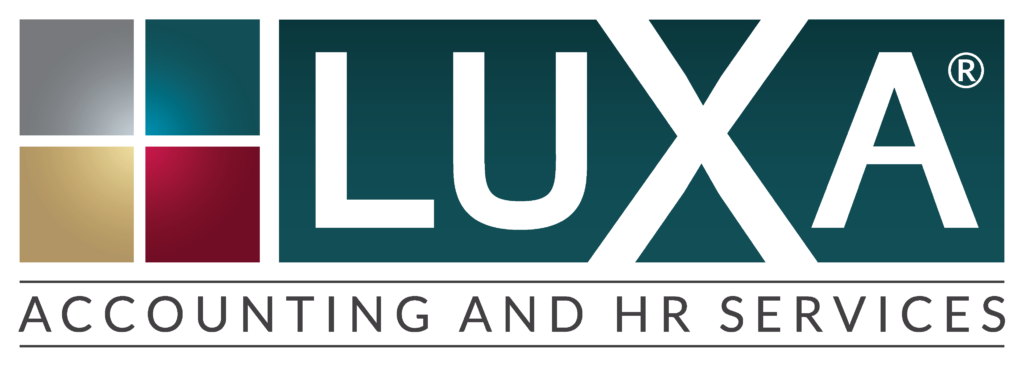
Creating and tracking customer invoices in your bookkeeping tasks
Some of our clients ask us about different bookkeeping practices that we have experience in managing. One particular question we get is “What things do I need to include when creating a customer invoice?” Being efficient at this may seem basic and fundamental but, surprising to some, omitting items off your invoice or failing in tracking invoices properly, all relate back to a well developed invoice and tracking system.
When creating an invoice, there are a few basic items that should be listed on it
- Your company logo, along with address and phone number
- Sequential invoice number-this not only helps your business internally track the invoice, but can help a customer to track the invoice for payment. (you will need to have a master log spreadsheet to keep up with this)
- Invoice date-this is the date that the payment terms will be based off of
- Payment terms-see here for common invoice payment terms Common Invoice Payment terms
- Customer bill to information, along with specific customer number
- Ship to/work performed-job site where work was completed
- Customer PO number and/or contact
- Description of work completed
- Dollars for work completed
- Freight (if applicable)
- Taxes (if applicable) it can vary from state to state
- Total due for invoice
- Remit to address for payment
You can download an invoice template from excel to start with; there are hundreds to choose from. These are nice to start from and you add/remove information that may be specific to your business, along with your logo. Doing your invoices within excel, you can also apply formulas for easy calculations. Once you have completed the invoice, either keep a hard paper copy, save the excel file and/or print a PDF copy (most common). Once you have a PDF copy, you can send electronically to the customer for faster payment.
If you are creating invoices in excel, more than likely you are not using accounting software yet. You will still need to know who owes you what and when. It would be wise to keep a simple spreadsheet of customer name, invoice number, invoice date, payment terms, due date and dollars due. Once you have received payment, you can mark this invoice paid in full.
Remember, that you’d rather have more information on the invoice than not enough. A customer more than likely won’t call for more information – they just won’t pay it. Also, doing your invoices in excel allows you to modify them at a later date, if need be, without having to re-create the entire invoice.
Try not to skip out on these details as they will save you time, money, and frustration. For more help, check out our small business bookkeeping tips on our blog. Click here to visit our accounting article section. Click here to have our articles delivered to you for free. To get more helpful bookkeeping advice visit our blog where we discuss this and more on Tulsa bookkeeping.



